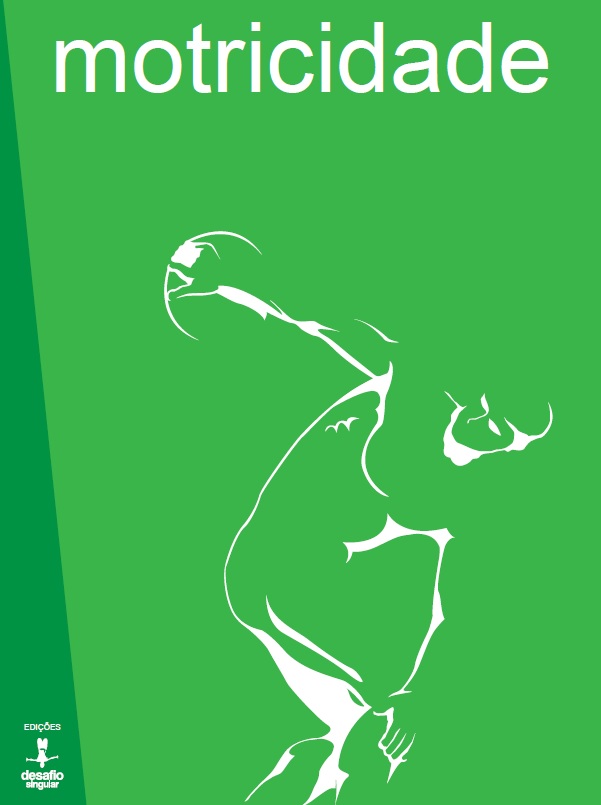Data’s Hidden Data: Qualitative Revelations of Sports Efficiency Analysis brought by Neural Network Performance Metrics
DOI:
https://doi.org/10.6063/motricidade.15984Resumo
In the study of effectiveness and efficiency of an athlete’s performance, intelligent systems can be applied on qualitative approaches and their performance metrics provide useful information on not just the quality of the data, but also reveal issues about the observational criteria and data collection context itself. 2000 executions of two similar exercises, with different levels of complexity, were collected through a single inertial sensor applied on the fencer’s weapon hand. After the signals were split into their key segments through Dynamic Time Warping, the extracted features and respective qualitative evaluations were fed into a Neural Network to learn the patterns that distinguish a good from a bad execution. The performance analysis of the resulting models returned a prediction accuracy of 76.6% and 72.7% for each exercise, but other metrics pointed to the data suffering from high bias. This points towards an imbalance in the qualitative criteria representation of the bad executions, which can be explained by: i) reduced number of samples; ii) ambiguity in the definition of the observation criteria; iii) a single sensor being unable to fully capture the context without taking the actions of the other key body segments into account.
Downloads
Publicado
Edição
Secção
Licença
Os autores dos manuscritos submetidos para publicação deverão ceder, a título integral e permanente, os direitos de autor (copyright) à revista Motricidade e às Edições Sílabas Didáticas. A cedência de direitos de autor permite a publicação e divulgação do artigo em formato impresso ou eletrónico e entrará em vigor a partir da data de aceitação do manuscrito. Os autores concedem, ainda, os direitos para a revista Motricidade utilizar e explorar o respetivo artigo, nomeadamente para licenciar, ceder ou vender o seu conteúdo a bases de resumos/indexação ou outras entidades.
Nos termos da licença “Creative Commons”, os autores poderão reproduzir um número razoável de exemplares para uso pessoal ou profissional, mas sem fins comerciais. Nos termos da licença SHERPA/RoMEO, os autores poderão, ainda, disponibilizar/arquivar uma cópia digital final (versão postprint) do artigo no seu website ou no repositório científico da sua instituição.


